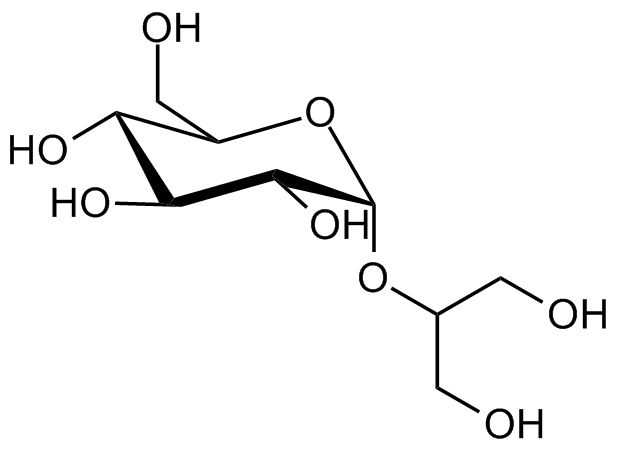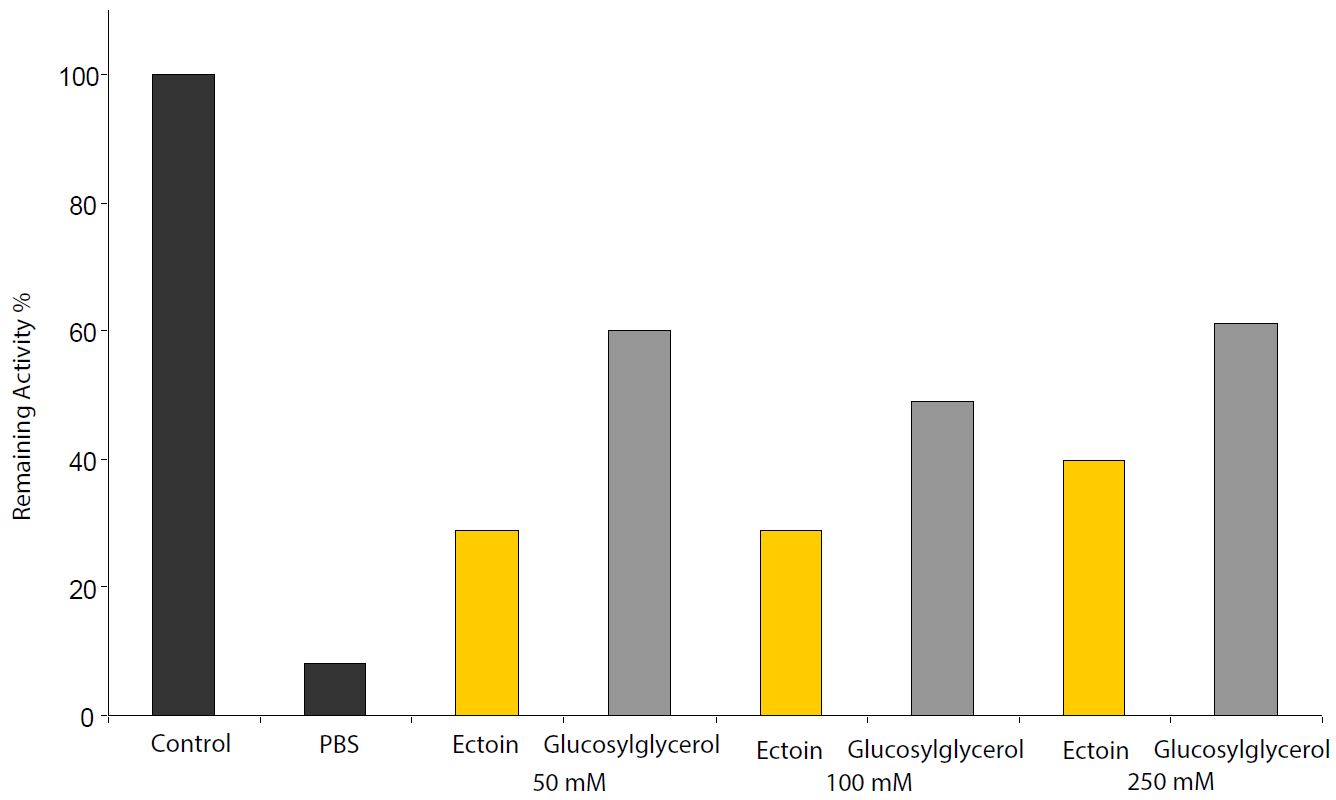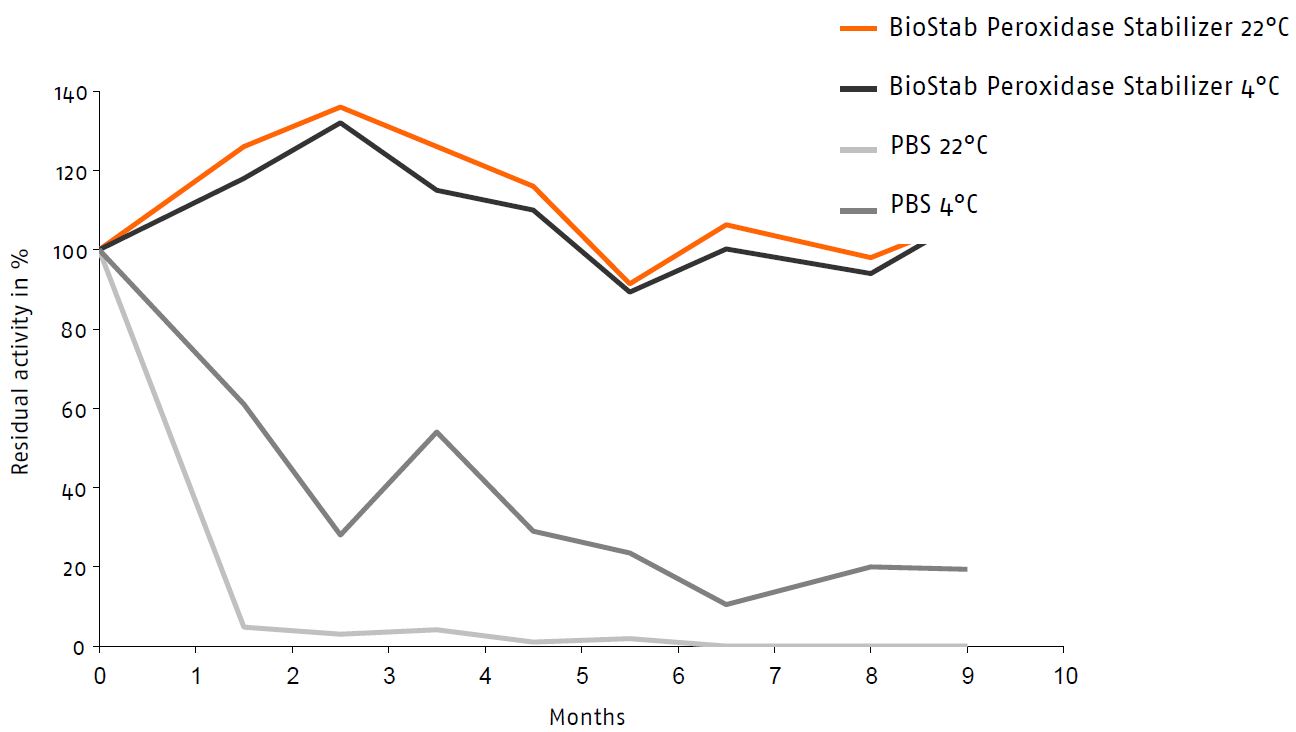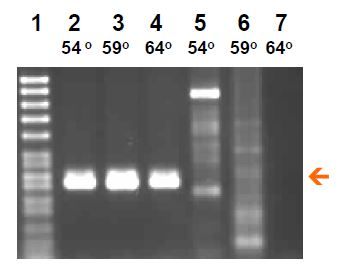Cookie Policy: This site uses cookies to improve your experience. You can find out more about our use of cookies in our Privacy Policy. By continuing to browse this site you agree to our use of cookies.
Extremolytes & BioStab Ready-to-Use Stabilizers of Biological Structures and Macromolecules

Extremophilic microorganisms are found in environments such as geysers, deserts, salt lakes or the polar ice and they have strategies for survival under these extreme environments, such as high or low temperature, extreme pressure, intense UV radiation and drastic salt concentrations. They possess unique biological defense mechanisms to combat extreme environmental stresses. A class of compatible solutes, also called extremolytes (osmolytes from extremophiles) play an important role in these mechanisms.
Extremolytes stabilize very efficiently biological structures and macromolecules such as lipid membranes and proteins against a variety of stress factors, including high temperature, freeze-thaw cycles, drying and degradation. They are very stable, non-toxic, animal-free protective agents and can be used as powerful additives in applications, ranging from cryoprotection of animal cells, protein storage to PCR. Importantly, extremolytes are protective osmolytes selected by nature for stabilization of all proteins in the cell against denaturing environmental stress without altering their functional activity. The stabilizing effect is based on the fact, that the protective osmolytes are strong water-structure formers and as such are preferentially excluded from the protein surface. This causes an increased water density at the surface ("preferential hydration") promoting the protein’s natural conformation with hydrophobic patches buried. This reduces the potential to unfold in response to physical or chemical stress and enhances the stability of the protein. Therefore, these compounds have also been termed chemical chaperones. Several studies have demonstrated the ability of extremolytes to also stabilize cell membranes and whole cells. Therefore, the extremolytes are also useful additives for the cold storage and cryostabilization of mammalian and bacterial cells.
AdipoGen Life Sciences in collaboration with bitop AG offers a range of potent extremolytes. This includes the pure solid compounds Ectoine, Hydroxyectoine, Glucosylglycerol and the Ready-to-Use BioStab solutions for biomolecule stabilization in life science and diagnostics applications. The Ready-to-Use BioStab buffers are mixtures containing the before mentioned compounds. These BioStab solutions are colourless, animal-free, protein-free and serum-free solutions and compatible with enzymatic or binding reactions. They provide increased stability of biological structures (e.g. proteins, enzymes, DNA, RNA), protection during freeze-drying, freeze-thaw cycles and heat, long term storage of antibodies without loss of activity and preservation of binding activity of antibodies.
Literature References:
- Characterization of the synthetic compatible solute homoectoine as a potent PCR enhancer: M. Schnoor, et al.; BBRC 322, 867 (2004)
- The effect of compatible solute ectoines on the structural organisation of lipid monolayer and bilayer membranes: R.K. Harishchandra, et al.; Biophys. Chem. 150, 37 (2010)
- Glucosylglycerol and glucosylglycerate as enzyme stabilizers: T. Sawangwan, et al.; Biotechnol. J. 5, 187 (2010)
- Stabilization of dry protein coatings with compatible solutes: M.S. Killian, et al.; Biointerphases 13, 06E401 (2018)
- Ectoine and Hydroxyectoine Stabilize Antibodies in Spray-Dried Formulations at Elevated Temperature and during a Freeze/Thaw Process: P.K. Nayak, et al.; Mol. Pharm. 17, 3291 (2020)
- Ectoine interaction with DNA: influence on ultraviolet radiation damage: M.B. Hahn, et al.; Phys. Chem. Chem. Phys. 22, 6984 (2020)
- What Does Ectoine Do to DNA? A Molecular-Scale Picture of Compatible Solute-Biopolymer Interactions: J. Wittmar, et al.; J. Phys. Chem. B 124, 7999 (2020)
High Quality Extremolytes & Ready-to-Use Stabilizers
> BioStab Peroxidase Conjugate Stabilizer
Ectoine
Ectoine (ultrapure)
Hydroxyectoine
Ectoine (Prod. No. AG-CN2-0390 and AG-CN2-0391) and Hydroxyectoine (Prod. No. AG-CN2-0392) are the best characterized extremolytes and their ability to stabilize a variety of proteins, nucleic acids, membranes and whole cells is well documented. They surpass the efficiency of common compatible solutes like betaine and trehalose in applications like protein stabilization and stabilization of desiccated bacterial cells. The ectoines are highly water-soluble, zwitterionic low-molecular weight molecules, chemically and physically stable, biologically inert and compatible with most enzymatic and binding reactions (intracellular concentrations in their producer organisms can exceed 1 M).
Ectoines can be used in a wide range of applications for the protection and stabilization of biological macromolecules and whole cells, animal as well as bacterial. Ectoines protect and stabilize proteins, especially globular proteins like antibodies, in vitro and in vivo and provide an integrated solution for the optimization of protein production. They are protein-free low molecular weight additives that can be used, i) in culture media to increase the stability and solubility of expressed proteins, ii) to prevent protein aggregation and proteolytic degradation during downstream processing in solutions, iii) to assist in refolding of inclusion bodies proteins, iv) to prevent the loss of activity due to freeze-thawing, lyophilization and damage (aggregation, proteolysis) during storage in solution, v) to promote crystal formation vs. protein aggregation and to improve crystal size and quality during crystallization of proteins.
Next to its stabilizing effects, ectoines show cell protective, antioxidant, neuroprotective and anti-inflammatory mode of actions that have been verified in various in vitro and in vivo studies. In addition an in-house experiment with ectoine performed by bitop AG showed that ectoine efficiently inhibited the binding of SARS-CoV-2 Spike protein to A549 lung cells presenting the ACE2 receptor (data of the study).
| Figure: Chemical Structures of Ectoine and Hydroxyectoine |
 |
| Figure: Relative increase of membrane stability of erythrocytes using ectoine. |
 |
| Figure: Stabilization of antibodies during freeze-thaw cycles using hydroxyectoine in the buffer. |
 |
Glucosylglycerol
Glucosylglycerol (Prod. No. AG-CN2-0393) is a non-toxic, non-irritating protective osmolyte against osmotic stress, heat, desiccation and UV. It is an animal-free and protein-free low molecular weight stabilizer which is an excellent cryoprotector for proteins in vitro, especially antibodies. In vitro and in vivo studies have shown potent radical scavenging properties, making it a usefull tool as a multifunctional anti-aging, cell-stimulating and skin moisturizing agent in cosmetics. AdipoGen Life Sciences' glucosylglycerol preparation is a 100% natural sugar derivative produced by an enzymatic reaction process. It is enantiopure and contains only the natural and functionally active isomer (2-α-GG).
| Figure: Chemical Structure of Glucosylglycerol |
 |
| Figure: Comparison of stabilization effect of glucosylglycerol vs. ectoine on antibodies during freeze/thaw cycles. Antibodies (Rabbit Ig, 5ng) were added to 1ml of the glucosylglycerol or ectoine solutions or to PBS buffer and subjected to three freeze/thaw cycles at -80˚C/+65˚C. Remaining antibody activity was determined by ELISA. Glucosylglycerol outperforms ectoine in this application. 60% of the antibody binding activity remains after three freeze/thaw cycles in the presence of 50mM glucosylglycerol. |
 |
BioStab Peroxidase Conjugate Stabilizer
BioStab Peroxidase Conjugate Stabilizer (Prod. No. AG-10T-0030) extends the lifetime of HRP-antibody conjugates and increases the signal intensity, allowing much more consistent results over extended periods of time compared to daily prepared dilutions. The mode of action of BioStab HRP Stabilizer comprises both stabilization of the antibody and stabilization of the enzymatically active centre of HRP. E.g., after 4 weeks at 37°C at a Ready-to Use concentration of 100 ng/ml, residual activity comprises more than 97% of the initial enzyme activity as well as the antibody binding properties. Compared to immediately made dilutions in an unspecific dilution buffer, 10 to up to 30% higher activities are observed in BioStab HRP Stabilizer, indicating a stabilization of the solution compared to inhibition of the enzyme in normal buffers. BioStab Peroxidase Conjugate Stabilizer can be used in ELISA, Western Blotting, Immunohistochemistry and any other applications which require HRP conjugates. It is supplied as a Ready-to-Use solution for dilution of HRP conjugates. This stabilizer contains a minimum amount of a surfactant and is free of any protein to minimize potential unspecific interactions.
| Figure: BioStab Peroxidase Conjugate Stabilizer can be used in immunoassays, such as common sandwich ELISA systems, for long term storage of diluted HRP conjugated antibodies without loss of activity. Real-time studies showed that after storage for 24 months at RT or 4°C, residual activity comprises more than 60%. The conjugate was diluted 1:10.000 in BioStab Peroxidase Conjugate Stabilizer. |
 |
BioStab Antibody Stabilizer
BioStab Antibody Stabilizer (Prod. No. AG-10T-0031) dramatically extends the life of your valuable antibodies, allowing much more consistent results over extended periods of time compared to daily prepared dilutions. The mode of action of BioStab Antibody Stabilizer comprises direct stabilization of the antibody by minimization of unspecific interactions. E.g., after 4 weeks at 37°C at a Ready-to Use concentration of 100ng/ml, residual activity comprise more than 97% of the initial antibody binding properties. BioStab Antibody Stabilizer can be used in ELISA, Western Blotting, Immunohistochemistry and any other applications which require biotinylated antibodies. It is supplied as a Ready-to-Use solution for dilution of antibodies. This stabilizer contains a minimum amount of a surfactant and is free of any protein to minimize potential unspecific interactions.
| Figure: Antibodies diluted in BioStab Antibody Stabilizer can be frozen without loss of binding activity even after three freeze/thaw cycles. Stabilization capacity of BioStab Antibody Stabilizer in comparison with a competitor's product. Remaining activity of an antibody (Rabbit Ig diluted 5ng/ml) after three freeze/thaw cycles (-80°C/+65°C). |
 |
BioStab PCR Optimizer
PCR is a technique extensively used in different applications in molecular biology, molecular diagnostics and forensics. However, some sequences, for example the 5´-regions of many eukaryotic genes, are difficult to amplify. Incomplete separation of DNA strands results in little or no yield of desired product and multiple non-specific PCR-fragments. BioStab PCR Optimizer (Prod. No. AG-10T-0032) solves this problem and outperforms betaine. The mode of action of BioStab PCR Optimizer comprises lowering the melting temperature of GC pairs without affecting that of AT pairs. The BioStab PCR Optimizer is designed as a PCR additive which improves the yield and specificity of PCR reaction and allows amplification of difficult targets (e.g. sequences with >70% GC pairs). BioStab PCR Optimizer enables the use of a wide range of annealing temperatures thereby eliminating the need for an optimization of amplification conditions. The BioStab PCR Optimizer is provided as 5x concentrated solution. Working concentration in PCR mixture is 1x. For targets with >75% GC content a 2x solution is recommended.
| Figure: Amplification of a 375 bp fragment from the 5'-region of mouse cAMP-dependent protein kinase Cβ gene (74% GC) using different annealing temperature: BioStab PCR Optimizer allows the use of a wide range of annealing temperatures thereby eliminating the need for an optimization of amplification conditions. Lanes 2-4 show the PCR product obtained in the presence of BioStab PCR Optimizer at different annealing temperatures, lanes 5-7 show the result of a PCR-reaction without BioStab PCR Optimizer. Lane 1 – DNA Ladder. |
 |
| Figure: Amplification of a target with GC-content >75%: Targets with GC-content higher than 75% may require addition of increased amount of BioStab PCR Optimizer. An attempt to amplify a 149-bp region of human genomic DNA containing 78.5% of GC pairs and a CGG trinucleotide repeat in regular PCR buffer without additives leads to multiple nonspecific products (lane 2). The specific product was obtained with 2x concentrated BioStab PCR Optimizer (lane 3). Inclusion of either a competitor product or 1M betaine resulted in the amplification of non-specific products in addition to the desired product (lanes 4 and 5). Lane 1- DNA Ladder. |
 |
